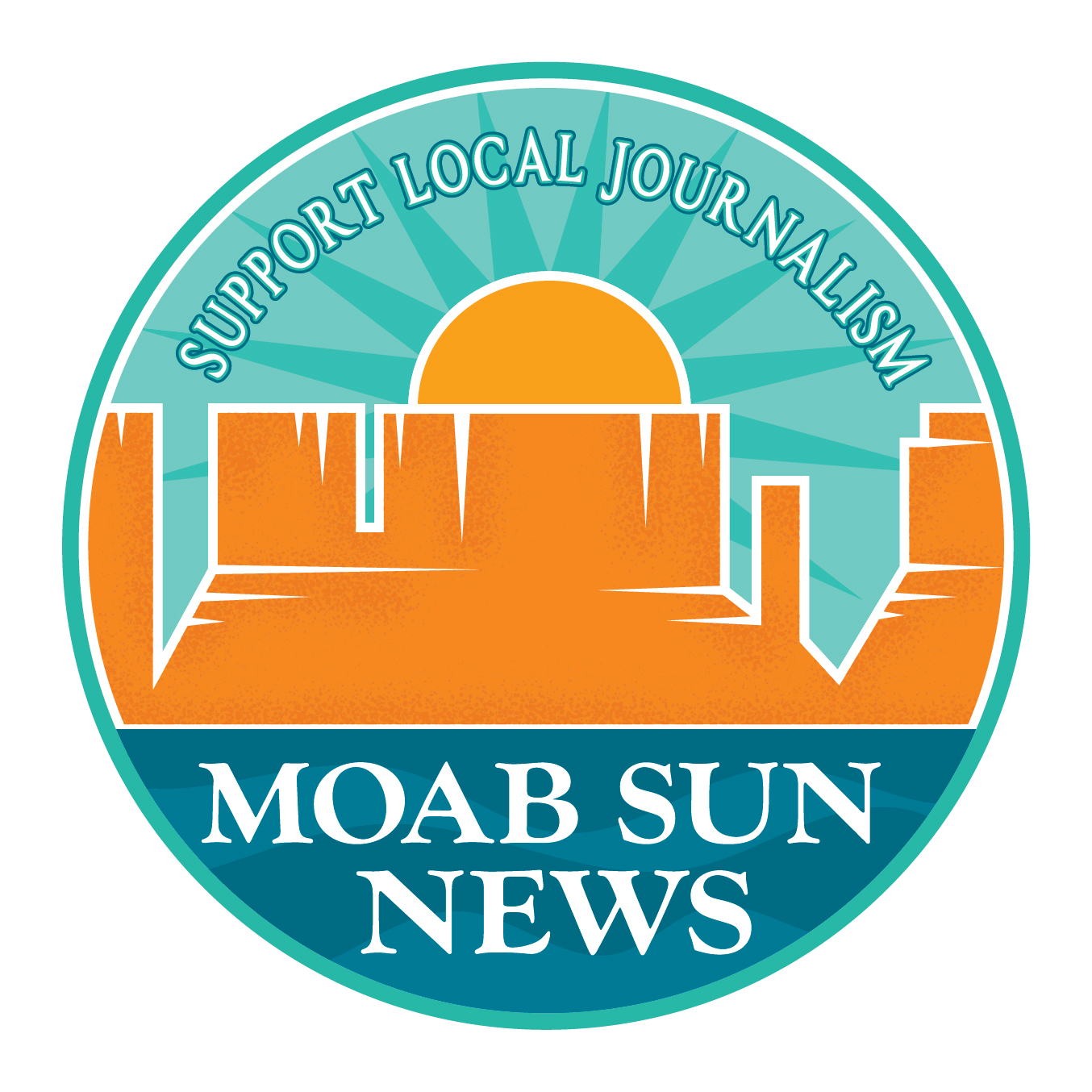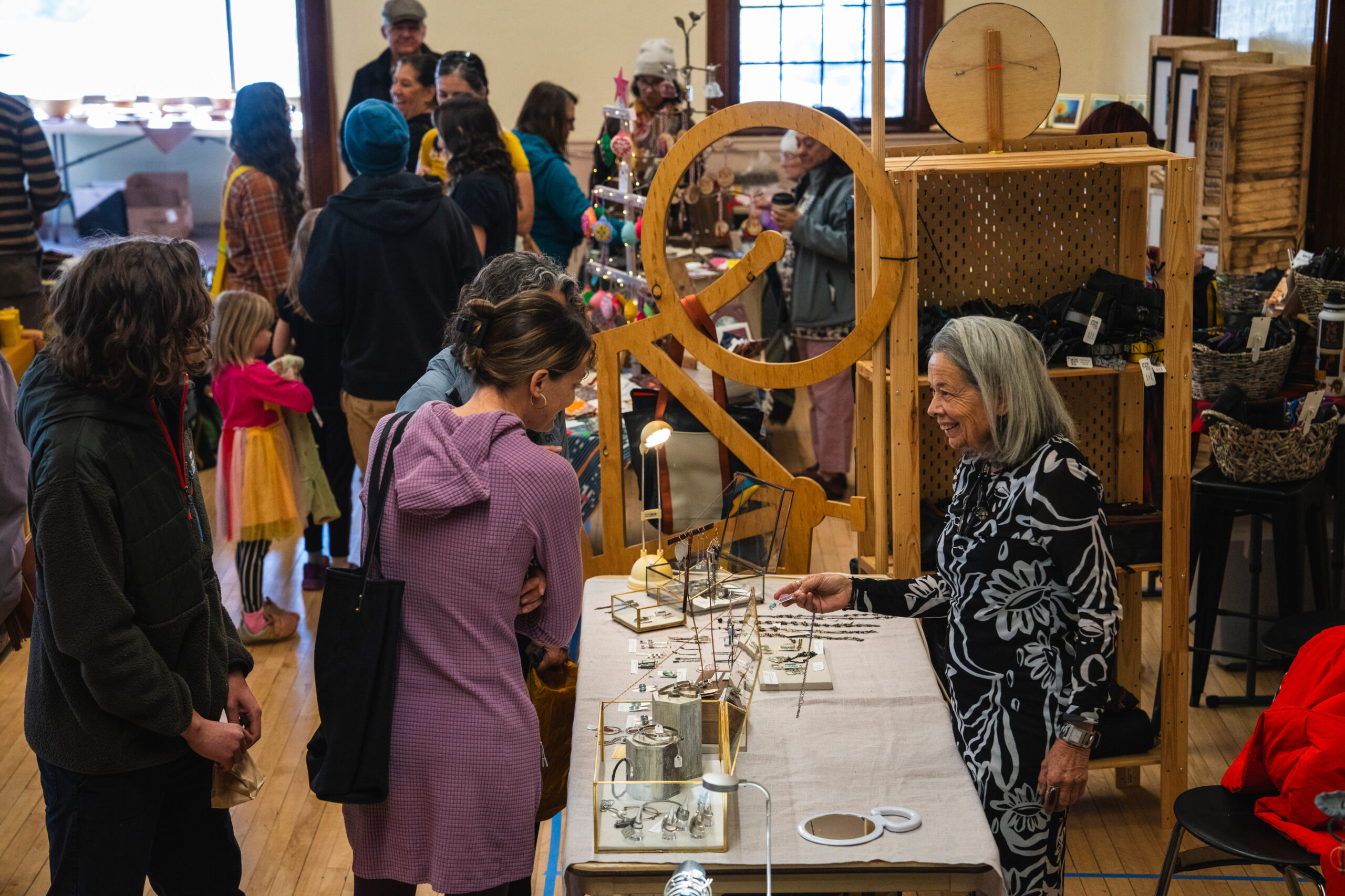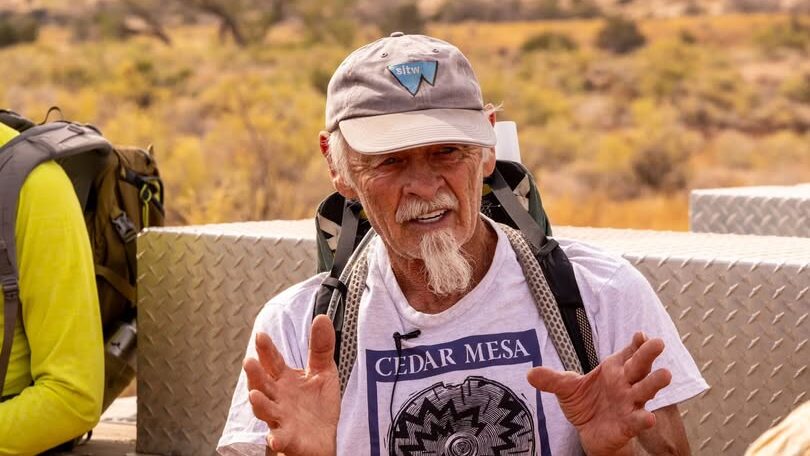Some information may be outdated.
The Moab branch of the Grand County Public Library is gradually expanding its “library of things” – that is, non-media items available for library cardholders to borrow.
Libraries all over the country have loaned out all sorts of objects other than books for decades: tools, games, puzzles, baking pans, musical instruments and more. At Alaska Resources Library and Information Services on the campus of the University of Alaska, you can even check out taxidermied animals.
The Moab library already has a collection of non-traditional objects available to check out. For young kids, staff have focused on pre-literacy learning tools. Families can borrow child-size backpacks filled with themed toys, activities, books and games that promote skills like basic math, sorting and recognizing colors.


The library lends activity backpacks for young children. [Rachel Fixsen/Moab Sun News]
“For taller people,” said Library Director Carrie Valdes, meaning older people, “we’ve focused more on technology.”
The library loans out Chromebooks, e-readers and projectors. The Moab library also offers mobile wifi hotspots—one of the first in the state to do so.

Outside of technology devices, the library also lends passes to visit the local Moab Museum.
Recently, staff added some new items to its collection of things: blood pressure monitoring kits, and a broadband radio frequency detector. Some people associate high electromagnetic activity with negative health effects; the detector indicates areas where radio frequencies are present and how strong they are.
Adding objects to the library’s circulating collection is a slow and deliberate process. Staff want to choose useful, popular things—there’s limited space in the library, so they have to be selective—and once they decide what to include, they have to determine where and how to store it, decide whether it will be circulated or only available at the library, and label it with a barcode that’s linked to a digital tracking system.
“If you’re going to circulate it, you have to have a record for it,” explained Valdes and the library’s Head of Adult Services, Jessie Magleby.
They create entries for each item in a database that’s “surprisingly elaborate,” Magleby said.
Recent and upcoming additions to the library of things were prompted in part by a grant that the library applied for over a year ago for the purchase of more items. They didn’t end up getting that grant, but in preparing for it, staff asked community organizations for input on what would be welcome and useful to the community.
The health department, for example, suggested the heart monitoring kits that are now available. Local radio station KZMU suggested a USB turntable, a device to make digital copies of vinyl records.
While the grant didn’t pan out, the local nonprofit Friends of the Library was able to fund the purchase of some of the proposed items. The USB turntable will be available for use at the library in the future; also on schedule to be available this summer are a GoPro camera, a wifi portable projector, and a digital recorder kit.
The library is a relevant hub of the community, offering books, of course, but also other media like movies, music, magazines and newspapers; computer and internet access; printing and scanning services; activities for children and teens like storytimes and clubs; and community events like film screenings and book clubs. It probably won’t ever loan out taxidermied wildlife, but staff strive to stay responsive to community needs and to fulfill the library’s mission: to be a “freely accessible resource that connects people, information, and ideas to inspire, empower, and enrich all members of the community.”
Appreciate the coverage? Help keep local news alive.
Chip in to support the Moab Sun News.





